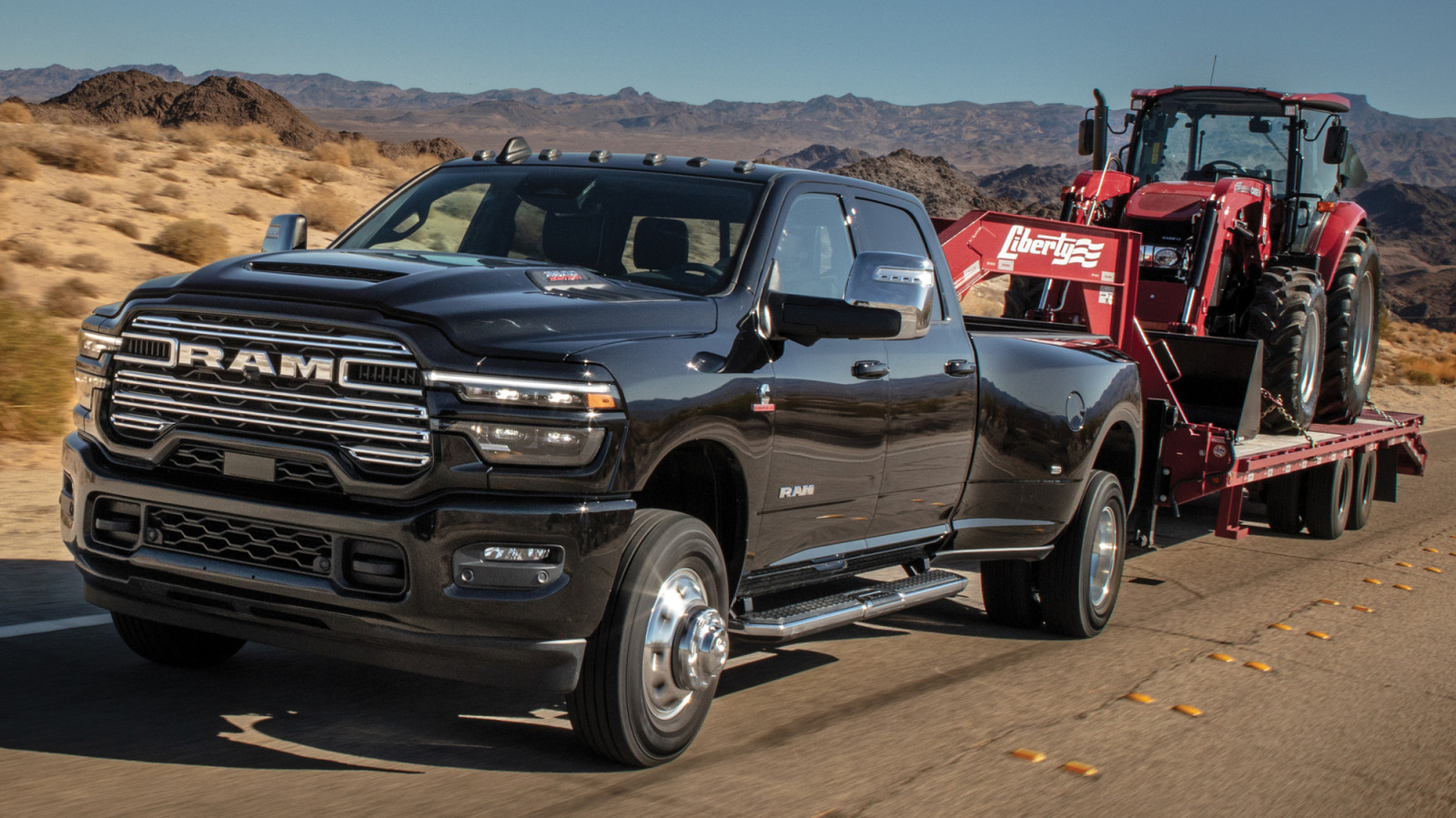
The first Iron Age flickered out a millennium or two ago, but its automotive equivalent is still going strong. Well, if not strong, it’s at least still going. Dodge, Ram, and other automakers still feature iron blocks as the foundations for their engines — despite a growing trend toward putting more aluminum in today’s cars and trucks.
Aluminum actually began being used in the auto industry as far back as 1899, when Heinrich Durkopp showed an aluminum-bodied sports car at the Berlin Motor Show. And it’s been used in many other ways over the years as well. Remember when Ford started making a big deal about aluminum being practical for a truck bed?
But relying on aluminum for engine blocks really took off when the 1961 Buick Special went on sale with a 215-cubic-inch V8. The Special had aluminum not just for the block, but for the heads and intake manifold, too. The goal was saving weight, and replacing iron with aluminum in the block gets the job done: Automakers can reduce how heavy an engine is by some 40% by using it. The results can include better efficiency and performance, too, because the motor isn’t pushing around as many pounds. And yet, iron’s high strength and low cost deliver advantages that still hold up today.
The benefits of iron blocks compared to aluminum
Generally speaking, iron blocks are stronger than their aluminum counterparts, letting them hold up better to internal pressures and deliver more horsepower. Iron is also a lot cheaper than aluminum: High-grade iron ore will set you back about $105 per metric ton. The same amount of aluminum is currently above $2,600, an increase of more than 5% since the beginning of June. With no signs of tariffs ending, and aluminum so necessary to so many car parts, it’s no wonder cars are about to get a heap more expensive.
Of course, iron does have some flaws, starting with that previously mentioned weight problem that comes from the fact iron being roughly 2.9 times as dense as aluminum — meaning that a given chunk of aluminum weighs 2.9 times less than the same-sized piece of iron. Aluminum is also much less prone to corrosion than iron.
Something else to keep in mind is that some recent engine blocks are made from compacted graphite iron (CGI). This is iron mixed with graphite, along with some other elements, to create an engine-block material that can be lighter than cast iron while delivering better performance than aluminum. It seems like the verdict is still out on this stuff, since Cummins, which had been providing CGI diesel engines for HD Ram trucks, is reportedly switching back to a traditional iron block in the future for a more refined driving experience. The block remains CGI for 2025, though.
Which new vehicles today come with iron engine blocks?
The heavy-duty Rams offer that CGI-blocked Cummins engine in the form of a 6.7-liter turbocharged inline-6 turbo diesel, and, on the gas side, a 6.4-liter Hemi V8 with a cast-iron block. For Ford SuperDuty trucks, cast-iron blocks are found in the 7.3-liter and 6.8-liter V8 gas engines, while a pair of turbocharged 6.7-liter PowerStroke diesels provides CGI blocks. It’s much the same deal for General Motors. GM’s Chevrolet and GMC heavy-duty trucks can be configured with both 6.6-liter turbodiesel and gas V8 engines with iron blocks.
That all makes sense, as commercial-grade trucks can benefit plenty from the better strength of iron blocks. They’re pretty rare in light-duty vehicles, however, and are mostly used for high-performance rides that are also looking to maximize engine strength.
The previously mentioned Hemi, for instance, has a cast-iron block, as do the 5.7-liter and 6.2-liter versions available under the hood of the 2025 Dodge Durango. With Dodge maybe bringing back the Hemi to the Charger, and confirming the Hemi is back for the 2026 Ram 1500, those brands will soon boast a number of cast-iron blocks. Ford has fewer iron-block options, but compacted graphite iron is used in the block, but not the heads, of Ford’s 2.7-liter EcoBoost V6, which is a top engine for the Bronco, among others. The General seems to have ironed out any issues with aluminum, using that lightweight stuff now for nearly all light-duty models.

